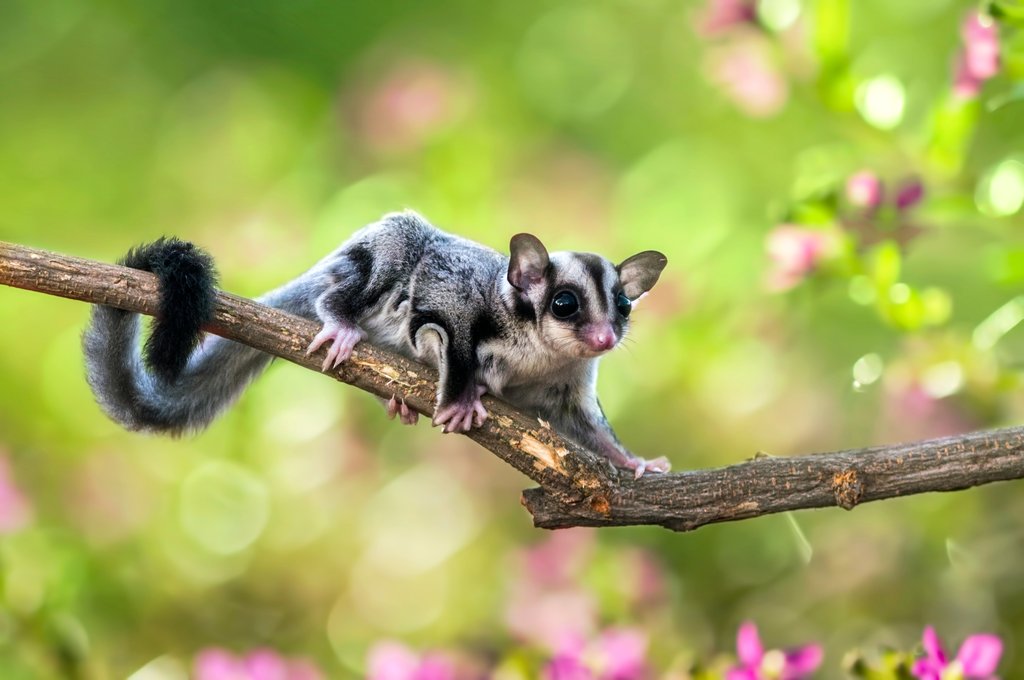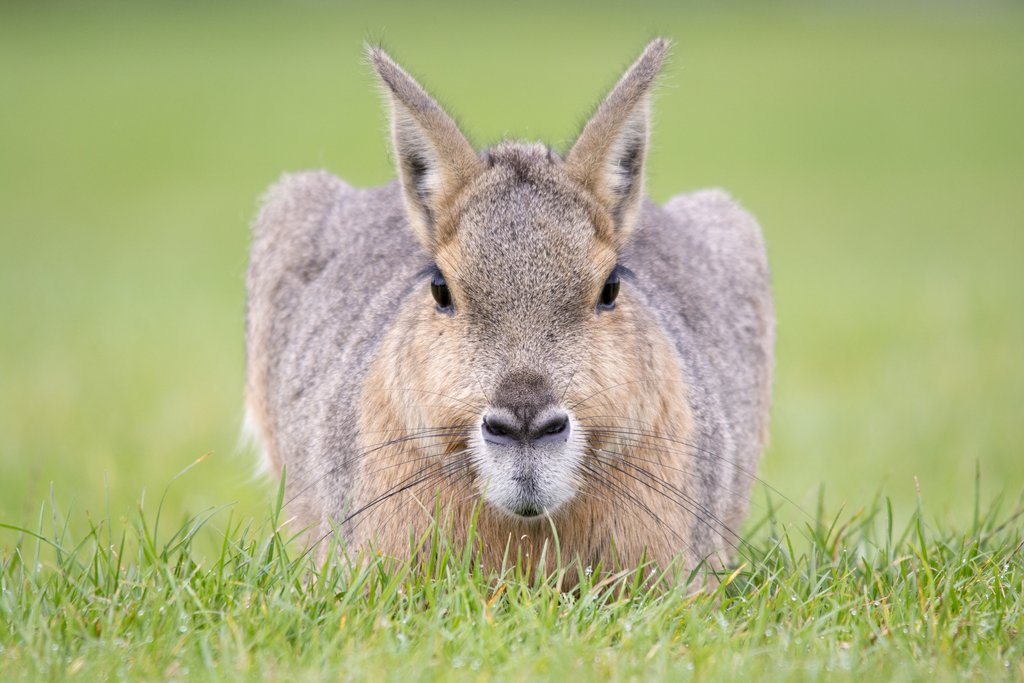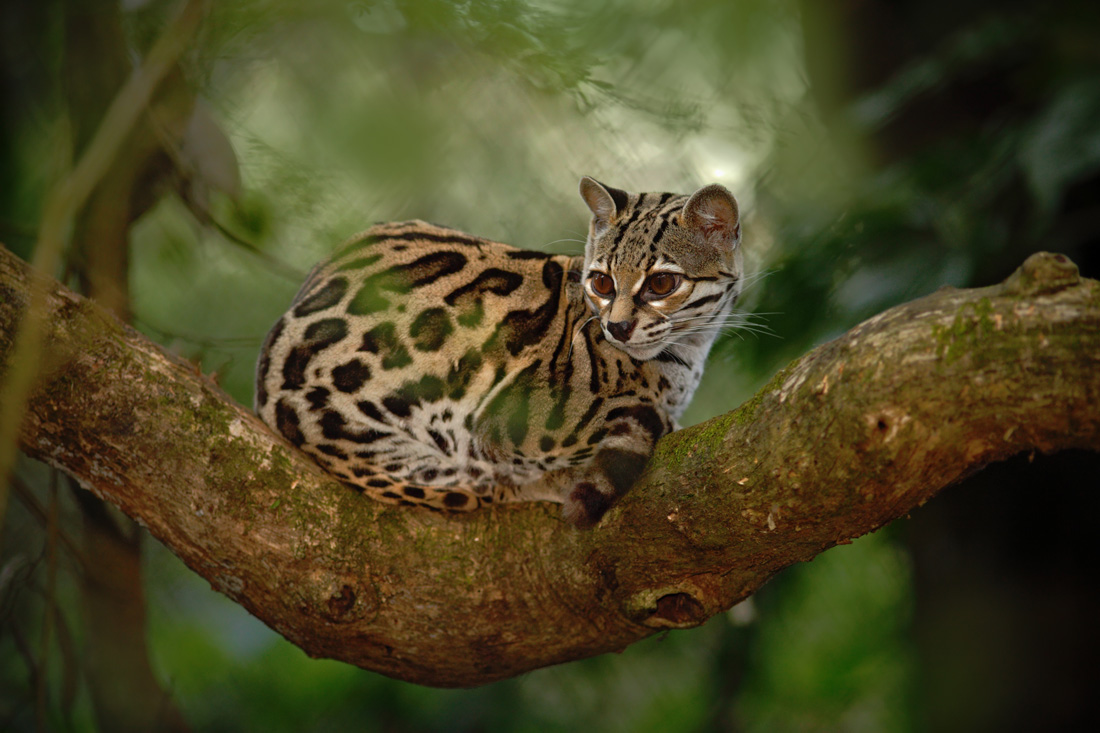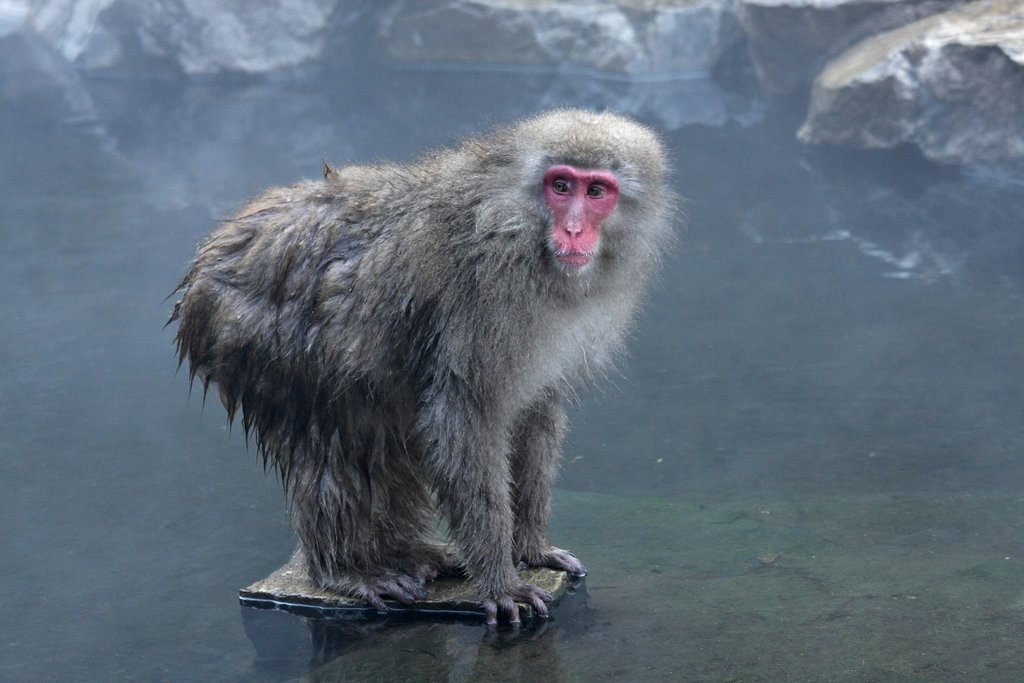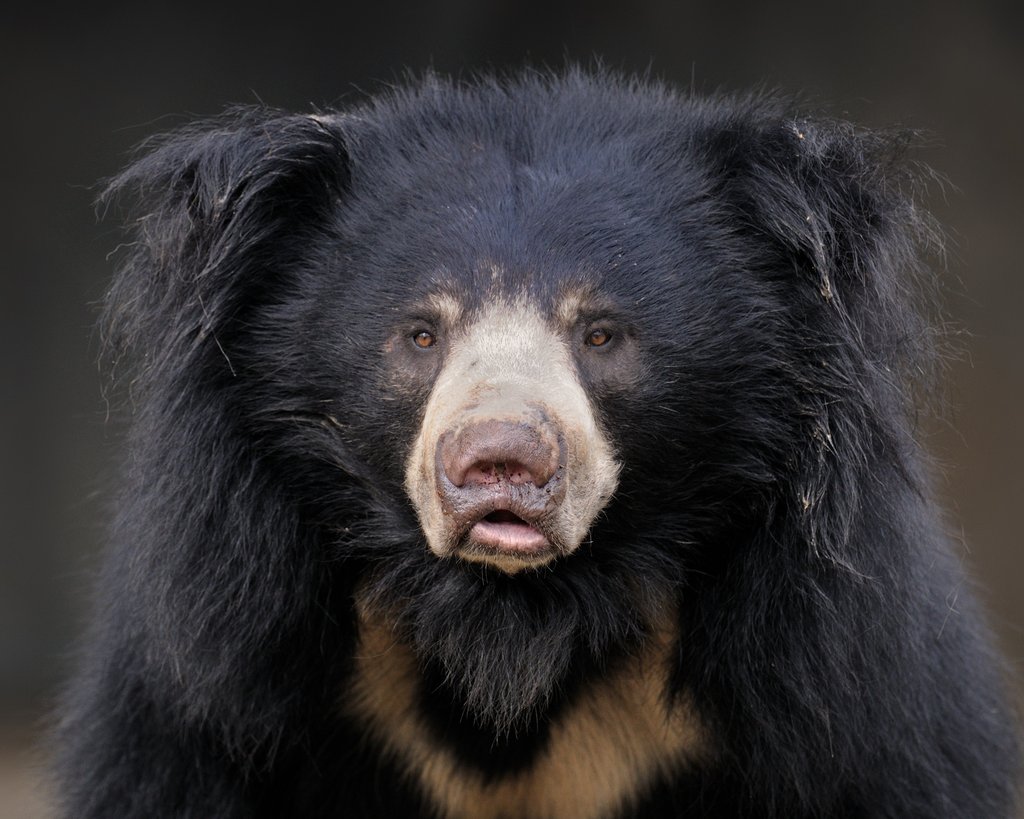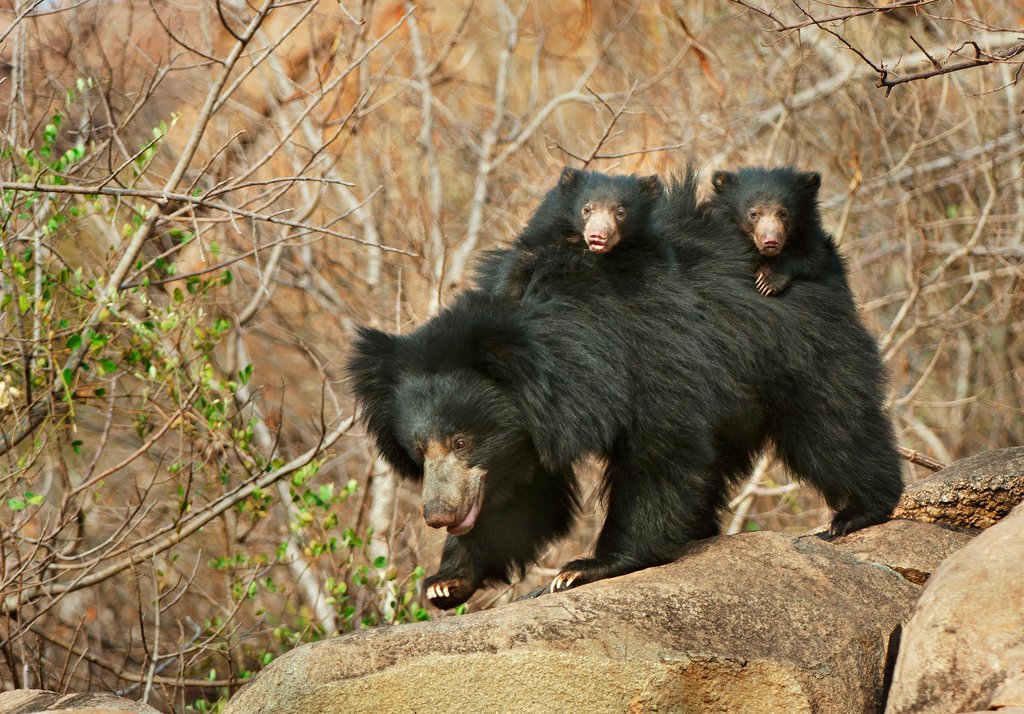In our never-ending quest for knowledge and exploration, we turned to our photo library to find some of the lesser known animals on earth—all of whom live and breathe alongside us. From the Pangolin to the Wallaby, learn about these fascinating and unfamiliar creatures.
Here, you’ll discover:
Rare Exotic Animals
Serval Cat
License this image via Stayer x2 x3.
Native to Africa, this cat has the longest legs relative to its body size, which helps it achieve top speeds of up to 50 mph. Like the Fennec Fox (see below), its large ears provide it with acute hearing abilities.
Serval Cats have been known to spend a significant amount of time with their eyes closed while hunting, in order to better hear their prey, and besides being able to purr like most cats, they’re also capable of chirping, hissing, meowing, grunting, and cackling.
Wallaby
License these images via Susan Flashman, Nicole Kwiatkowski, and Thanwan Singh Pannu.
These bouncing animals come from the same family as kangaroos but differ specifically in size—they’re smaller than the kangaroo.
There are 11 different species of wallaby. A baby is known as a “joey,” while an adult is known as a “boomer” or “buck” (if male) and “doe” or “jill” (if female).
Wallabies mainly feed on grass, foliage, and vegetables, and congregate around watering holes during dry seasons.
Fennec Fox
License these images via Madeleine Dammann, icemanphotos, and Artem Verkhoglyad.
These foxes are typically found in Northern Africa and Saharan locations. Their large ears, which are likely the first thing most people notice, help them stay cool.
They travel in packs, unlike most other foxes, and are also Algeria’s national animal.
They’re also known as the smallest species of dog-like animals (canids) in the world, and because their ears are so large, they have an advantage when hunting for food, as they can hear their prey, even if it’s underground.
Sugar Glider
License this image via I Wayan Sumatika, Arif Supriyadi, and Praisaeng.
The name isn’t far off from what these animals are like in life—sugary foods are their preferred diet, and they have the ability to glide through the air, much like a flying squirrel.
For them, gliding is not only a means of movement, but also a way to find food and evade predators. They are mainly found in parts of Australia, New Guinea, and Tasmania.
Patagonian Mara
License these images via PoNing, Chris Humphries, and Anna Phillips.
The Patagonian Mara resembles a rabbit, and is technically a part of the rodent family. They can be found in Argentina and live in a very particular mode of monogamy, though they sometimes breed in groups of up to 29 pairs.
Partners are monogamous with each other unless one dies, after which the remaining one may find another partner. They distinguish each other based on territories marked either by themselves or by their partners.
Margay Cat
License these images via Ondrej Prosicky x2 x3.
The Margay Cat lives throughout South America and Mexico and is related to Ocelots, which offer a striking resemblance—sometimes known as “tree ocelots” because of their excellent climbing abilities.
These cats spend most of their time in trees, instead of on the ground, and can jump up to 12 feet into the air. They’re also primarily nocturnal animals.
Snow Monkey
License this image via Neale Cousland x2 x3.
Japanese Macaques (or Snow Monkeys) live in snowy climates, and can be found in Japan. They have red faces and brown/gray fur and tend to sleep in trees.
These monkeys have been used in many studies for neuroscience, and have been known to develop interesting habits, including rolling snowballs for fun and group bathing.
They eat mostly fruits, nuts, and seeds.
Amur Leopard
License this image via Dmitri Gomon x2 x3.
Another name for the Amur Leopard is the “Far Eastern Leopard,” likely attributed to the fact that they mainly inhabit areas of China and Russia.
They’re distinguished by their thicker coat and spots, with cream-colored coats. They’re typically smaller in size when compared to other cats of their subspecies.
Pangolin
License this image via David Pineda Svenske, Vickey Chauhan, and Vladimir Turkenich.
Pangolin comes from the Latin word “pengguling,” which translates to “something that rolls up”—certainly true of this animal. The Pangolin can be found in tropical regions of Africa and Asia, and its scaled body is a distinct characteristic.
Their front claws are so long that they aren’t conducive to walking, so they depend on their back legs for movement. Their scales also provide them with extra defense, since they’re sharp and long.
They emit a smell very similar to a skunk, and they possess extremely long tongues that extend all the way into their abdominal cavity.
Sloth Bear
License this image via Nagel Photography, Ondrej Prosicky, and Gangadhar A G.
Found mainly in Sri Lanka and parts of India, Sloth Bears have a mane around their face with slightly shaggier fur.
The main difference between these furry beasts and their more familiar relatives (see: brown bears) is in their day-to-day behavior.
Their long claws behave as feeding mechanisms, along with their lower lip and palate, which have adapted particularly well for eating insects.
Looking for even more exotic animals? Click through to our royalty-free exotic animal images to see the full collection.
Cute Exotic Animals FAQs
Can I own an exotic animal as a pet?
There are many federal, state, and regional laws and regulations that prohibit the ownership of exotic animals. Check with your local state for specific laws and regulations around exotic pet ownership.
Do exotic animals need space?
Exotic animals have specific needs that differ from domesticated animals. The average home often does not have enough space for exotic breeds.
What makes an animal exotic?
An exotic animal is a wild and non-domesticated animal that is not native to the country where it lives.
License this cover image via Vladimir Wrangel.











